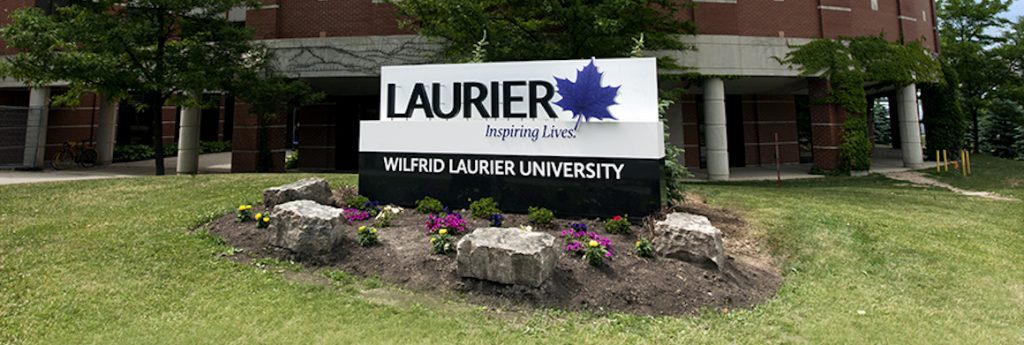Wilfrid Laurier Leads Canadian Student Career Services

Wilfrid Laurier University offers some of the top student career services model among universities in Canada, according to a recent independent study. The study, conducted by the Canadian Education and Research Institute for Counseling (CERIC), reviewed colleges and universities across Canada to see which had an “impressive” model of career service. They looked at universities that: evaluated services regularly, measured outcomes, delivered proactively and collaborated extensively with campus stakeholders. Wilfrid Laurier emerged with the highest score.
Part of the reason behind Laurier’s top score was the recently strengthened integration between its career services and academic programming and experiential learning, as demonstrated by the Centre for Experiential Learning and Career Development. The Centre helps students gain employment by using an integrated approach to co-curricular learning and student development. For example, students can take place in co-operative education, field placements, teaching apprenticeships, and more.
And their programming has worked. According to the most recent graduate employment survey conducted by the Ontario Ministry of Advanced Education and Skills Development, 89.1 percent of Laurier students who graduated in 2013 gained employment within six months. That was a 2.1 percent rate above the average for the province.
“Our vision is for all students to be engaged in their career development as an integral component of the Laurier experience,” Jan Basso, assistant vice-president: experiential learning and career development, said in a news release. “This involves the delivery of comprehensive programming that is diverse and relevant, with a focus on integration throughout the institution, both curricular and co-curricular. The strong partnerships we’ve developed with employers, alumni, and the broader community have been critical to our success.”
Overall, Laurier’s approach to student career services matches with the Ontario government’s Highly Skilled Workforce Strategy. Laurier’s strategy is to forge connections between academic program learning and experiential learning and to emphasize the link between program learning outcomes and the skills required for success.
